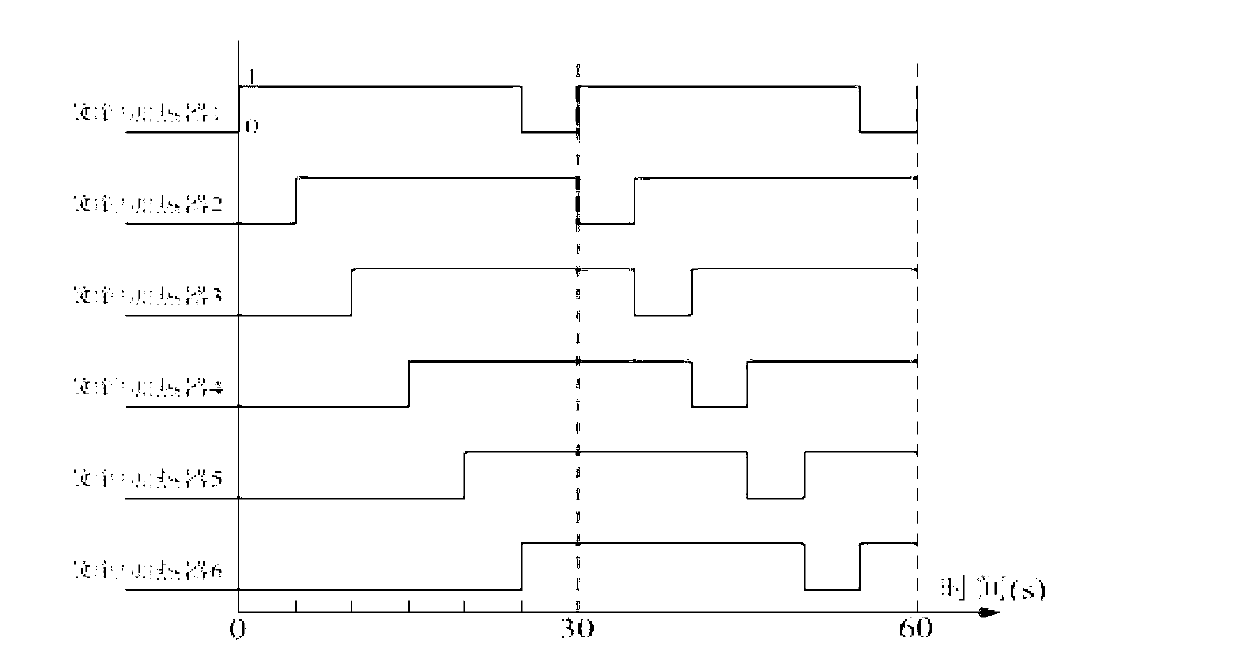Temperature controlling method for satellite-borne rubidium clock temperature-control cabin
A temperature control method and temperature control technology, applied in the field of spacecraft thermal control, can solve problems such as unfavorable high-reliability continuous and stable operation, complicated selection and setting process, complicated heater power supply circuit, etc., to achieve simple and reliable hardware design, power supply The interface is simple and meets the effect of continuous and stable operation
- Summary
- Abstract
- Description
- Claims
- Application Information
AI Technical Summary
Problems solved by technology
Method used
Image
Examples
Embodiment Construction
[0029] The present invention will be described in detail below with reference to the accompanying drawings and examples.
[0030] The present invention provides a temperature control method for a space-borne rubidium clock temperature control cabin. Taking the navigation GEO satellite rubidium clock cabin as an example, the control steps are as follows:
[0031] Step 1: According to the heat dissipation capacity of the small cabin of the rubidium clock of the navigation GEO satellite, when the heat consumption of the rubidium clock, the heat input of the star to the small cabin of the rubidium clock, and the heat input of the small cabin by the heat flow outside the space, calculate the compensation heating of the small cabin of the rubidium clock The maximum power required is 342W; the maximum power is divided into equal parts, and the equal parts are substituted into the finite element thermal analysis simulation model of the small cabin of the rubidium clock for verification...
PUM
 Login to View More
Login to View More Abstract
Description
Claims
Application Information
 Login to View More
Login to View More - R&D
- Intellectual Property
- Life Sciences
- Materials
- Tech Scout
- Unparalleled Data Quality
- Higher Quality Content
- 60% Fewer Hallucinations
Browse by: Latest US Patents, China's latest patents, Technical Efficacy Thesaurus, Application Domain, Technology Topic, Popular Technical Reports.
© 2025 PatSnap. All rights reserved.Legal|Privacy policy|Modern Slavery Act Transparency Statement|Sitemap|About US| Contact US: help@patsnap.com



